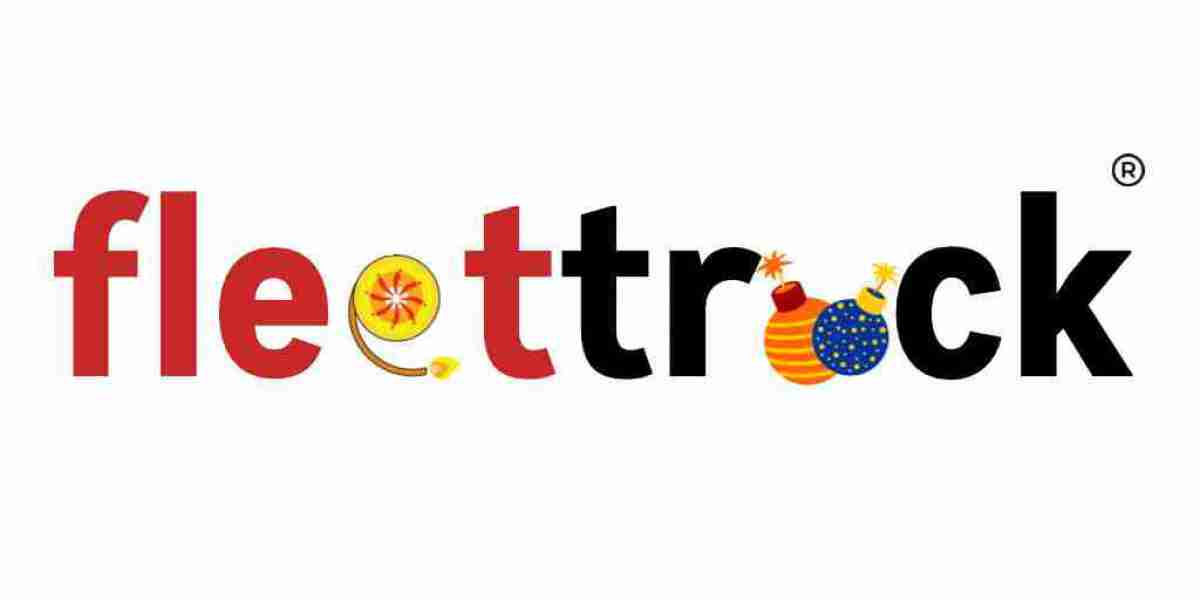Traditional packaging materials, such as plastic and Styrofoam, have long been associated with environmental degradation. These materials take hundreds of years to decompose, contributing significantly to landfills and ocean pollution. Moreover, the production of plastic packaging involves the extraction and refinement of fossil fuels, leading to high greenhouse gas emissions. The overall carbon footprint of plastic packaging is substantial, making it an unsustainable choice for the long term.
In contrast, businesses and consumers are now exploring eco-friendly alternatives like pulp trays. These trays, made from recycled paper or agricultural waste, offer a sustainable solution that reduces dependency on non-renewable resources. The shift from traditional plastic packaging to biodegradable pulp trays not only helps in waste management but also plays a critical role in reducing overall carbon emissions.
How Pulp Trays Are Made from Renewable Resources
Pulp trays are manufactured using renewable resources such as recycled paper, cardboard, and natural fibers like bamboo and sugarcane. These materials are biodegradable, compostable, and derived from sources that do not deplete finite natural reserves. By repurposing waste paper and agricultural byproducts, pulp tray production minimizes the environmental impact associated with raw material extraction.
Additionally, the production process for pulp trays involves significantly lower energy consumption compared to plastic manufacturing. Traditional plastic packaging requires high-temperature polymerization, which releases harmful emissions. On the other hand, pulp trays are molded using water-based processes that utilize less energy and emit fewer pollutants. This results in a reduced carbon footprint and contributes to a more sustainable packaging industry.
Biodegradability and Compostability: A Sustainable Advantage
One of the most significant advantages of pulp trays is their biodegradability. Unlike plastic packaging that remains in landfills for centuries, pulp trays naturally break down within a few months. This feature helps reduce waste accumulation and promotes a circular economy where materials are repurposed or returned to the environment in an eco-friendly manner.
Compostability further enhances the environmental benefits of pulp trays. Many pulp trays can be composted at home or in industrial composting facilities, converting them into nutrient-rich soil. This process eliminates waste and reduces methane emissions from landfill sites, a major contributor to global warming. By adopting compostable pulp trays, businesses and consumers actively participate in minimizing their ecological footprint.
Energy-Efficient Manufacturing Process
The production of pulp trays is inherently more energy-efficient than plastic packaging. The process involves pulping natural fibers, molding them into desired shapes, and drying them using energy-efficient methods. Unlike plastic production, which involves fossil fuel extraction, chemical treatments, and high-temperature molding, pulp tray manufacturing has a significantly lower carbon footprint.
Furthermore, advancements in manufacturing technologies have made the pulp tray production process even more sustainable. Many manufacturers use solar or wind energy to power their facilities, further reducing reliance on fossil fuels. Water recycling systems are also integrated into production, minimizing water waste. These energy-conscious measures contribute to the overall reduction of greenhouse gas emissions and make pulp trays an eco-friendly alternative for packaging solutions.
Encouraging a Circular Economy Through Pulp Trays
Pulp trays align with the principles of a circular economy, where resources are continuously repurposed rather than discarded. Since these trays are made from recycled materials and are biodegradable, they help close the loop in the packaging lifecycle. Businesses that incorporate pulp trays into their packaging strategies demonstrate a commitment to sustainability and responsible resource use.
Consumer demand for sustainable packaging is growing, encouraging more brands to shift towards pulp trays. Companies that adopt environmentally friendly packaging not only reduce their carbon footprint but also enhance their brand reputation among eco-conscious consumers. By investing in pulp tray solutions, industries can drive a positive change towards a greener and more sustainable future.
Conclusion
Pulp trays offer a sustainable and environmentally friendly alternative to traditional plastic packaging. Their production from renewable resources, biodegradability, and energy-efficient manufacturing contribute significantly to reducing carbon footprints. As businesses and consumers seek greener solutions, the adoption of pulp trays in packaging will play a crucial role in mitigating environmental damage. By making conscious packaging choices, industries can contribute to a more sustainable and eco-friendly world while meeting the growing demand for responsible resource management.













